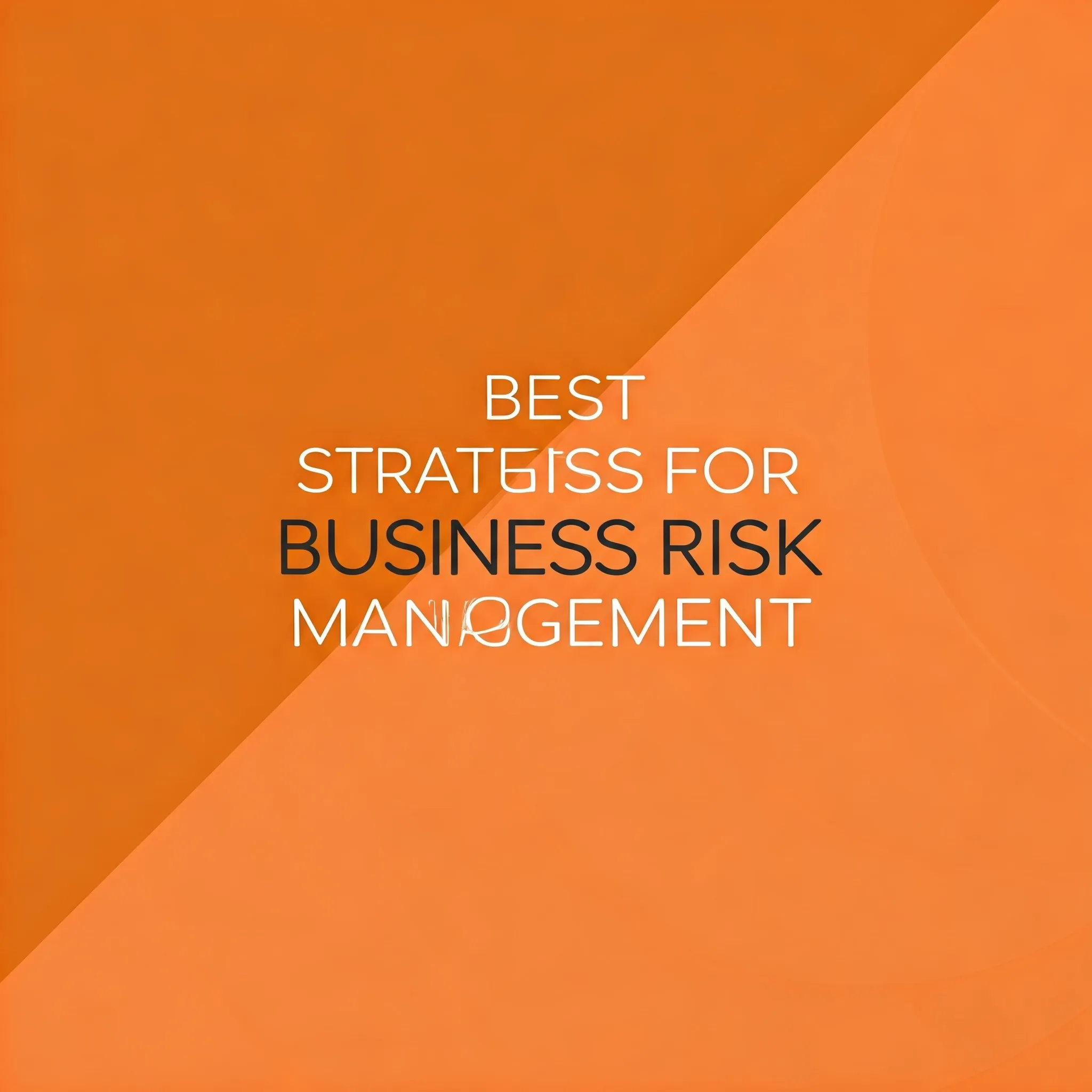
The Best Strategies for Business Risk Management
Anticipating the unexpected isn't just smart; it's essential for survival.
Understanding Risk: The Foundation of Strategy
What is risk? It's not merely an ominous shadow looming over your enterprise. Risk is the pulse of uncertainty, the whisper of potential disruptions that could, if unchecked, unravel your plans. Yet, paradoxically, it’s also the spark for innovation.
Without risk, there’s no reward. But how do you strike the balance?
1. Diversification: Don’t Put All Your Eggs in One Basket
Ah, diversification. It’s the golden rule of investment portfolios, but it applies to businesses too. Imagine this: Your revenue depends solely on one major client. What happens when they pull out?
By spreading your resources across multiple markets, products, or services, you create a buffer. It's like planting different crops—if one fails, the others sustain you.
2. The Power of Data: Predict, Prepare, Protect
In today’s world, data isn’t just valuable—it’s transformative. Real-time analytics can identify patterns, flag anomalies, and predict potential pitfalls. But let’s not stop at numbers. Data needs context, a narrative that tells you why something might go wrong.
Pro Tip: Invest in robust tools and talent to interpret data effectively. Machines can crunch numbers; humans must connect the dots.
3. Cultivating Agility: The Art of Quick Adaptation
Agility isn't just about speed; it's about flexibility. The world is unpredictable—new competitors emerge, regulations shift, and global crises strike. Being agile means not just reacting but anticipating and thriving amid chaos.
Consider this: Is your business built to pivot at a moment’s notice?
4. Foster a Risk-Aware Culture
Risk management isn’t solely the domain of top executives. From the intern to the CEO, everyone plays a role. Create an environment where employees feel empowered to voice concerns, propose solutions, and question practices.
"The biggest risks are often the ones we fail to notice because no one dares to speak up." – Unknown
5. Insurance: Your Safety Net
While strategies are critical, insurance provides the final layer of protection. Whether it’s liability, property, or cybersecurity insurance, these policies act as a cushion when risks materialize.
But be wise. Not all insurance is created equal. Analyze your specific vulnerabilities before signing on the dotted line.